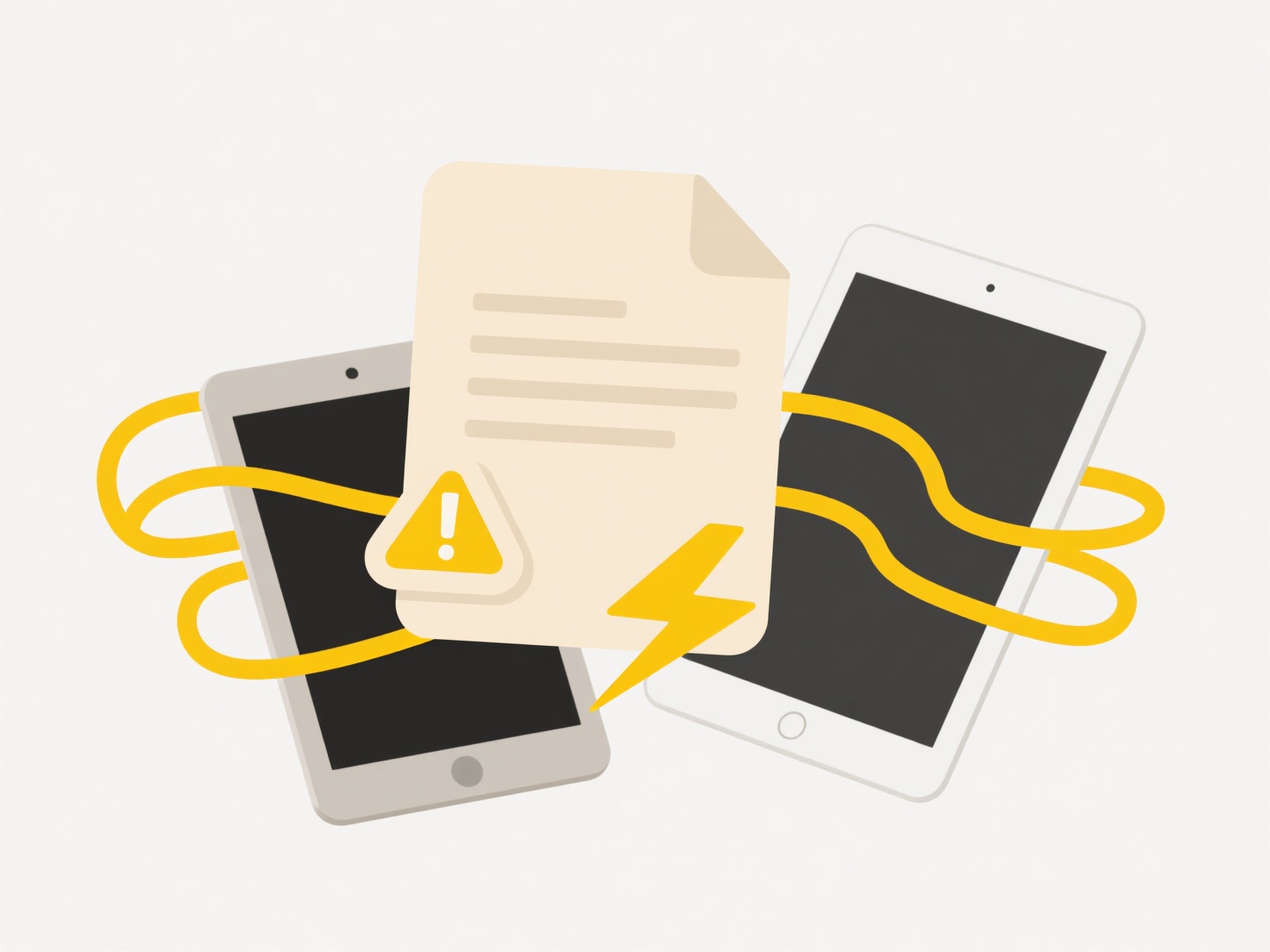
Separating personal and professional files involves organizing and storing digital content into distinct categories to maintain privacy, reduce clutter, and improve productivity. This means clearly defining what constitutes work-related documents (like reports, contracts, client data) versus private items (photos, personal finances, hobbies). Core separation methods include using entirely separate physical drives, distinct user accounts on your computer, dedicated top-level folders within one account ("Work Projects" vs. "Personal Finance"), or even separate cloud storage services for each sphere. The key is consistency in applying these rules.
In practice, many utilize cloud platforms effectively. A remote worker might dedicate one cloud service (like Dropbox Business) solely for client documents and collaborative work, while using a personal account on a different service (like Google Drive) for family photos and personal letters. Another common approach is creating distinct folder hierarchies within an operating system; for instance, a photographer might have a top 'Professional' folder containing client subfolders and edits, and a separate 'Personal' folder for vacation snapshots and family albums within their 'Pictures' directory.

The main advantages are enhanced organization (quicker file retrieval), reduced risk of accidentally sharing personal content professionally, and better mental compartmentalization. Key limitations include the initial effort required for setup and the need for ongoing discipline to maintain the system; files can easily get misplaced without consistent sorting habits. Potential drawbacks involve switching contexts frequently or accessing both file sets simultaneously. Success relies on choosing a sustainable, logical method and applying rules diligently during saving or receiving files. Sustained effort ensures easier file management and protects private information.
How do I manage personal and professional files separately?
Separating personal and professional files involves organizing and storing digital content into distinct categories to maintain privacy, reduce clutter, and improve productivity. This means clearly defining what constitutes work-related documents (like reports, contracts, client data) versus private items (photos, personal finances, hobbies). Core separation methods include using entirely separate physical drives, distinct user accounts on your computer, dedicated top-level folders within one account ("Work Projects" vs. "Personal Finance"), or even separate cloud storage services for each sphere. The key is consistency in applying these rules.
In practice, many utilize cloud platforms effectively. A remote worker might dedicate one cloud service (like Dropbox Business) solely for client documents and collaborative work, while using a personal account on a different service (like Google Drive) for family photos and personal letters. Another common approach is creating distinct folder hierarchies within an operating system; for instance, a photographer might have a top 'Professional' folder containing client subfolders and edits, and a separate 'Personal' folder for vacation snapshots and family albums within their 'Pictures' directory.

The main advantages are enhanced organization (quicker file retrieval), reduced risk of accidentally sharing personal content professionally, and better mental compartmentalization. Key limitations include the initial effort required for setup and the need for ongoing discipline to maintain the system; files can easily get misplaced without consistent sorting habits. Potential drawbacks involve switching contexts frequently or accessing both file sets simultaneously. Success relies on choosing a sustainable, logical method and applying rules diligently during saving or receiving files. Sustained effort ensures easier file management and protects private information.
Quick Article Links
How do I access cloud files on a different device?
Accessing cloud files on another device refers to retrieving your documents, photos, or other data stored online via int...
How do I handle large file libraries?
Handling large file libraries refers to the systematic organization, storage, and retrieval of extensive collections of ...
Can I restrict access to files stored on USB drives?
Restricting file access on USB drives means controlling who can view, copy, modify, or delete files stored on these port...